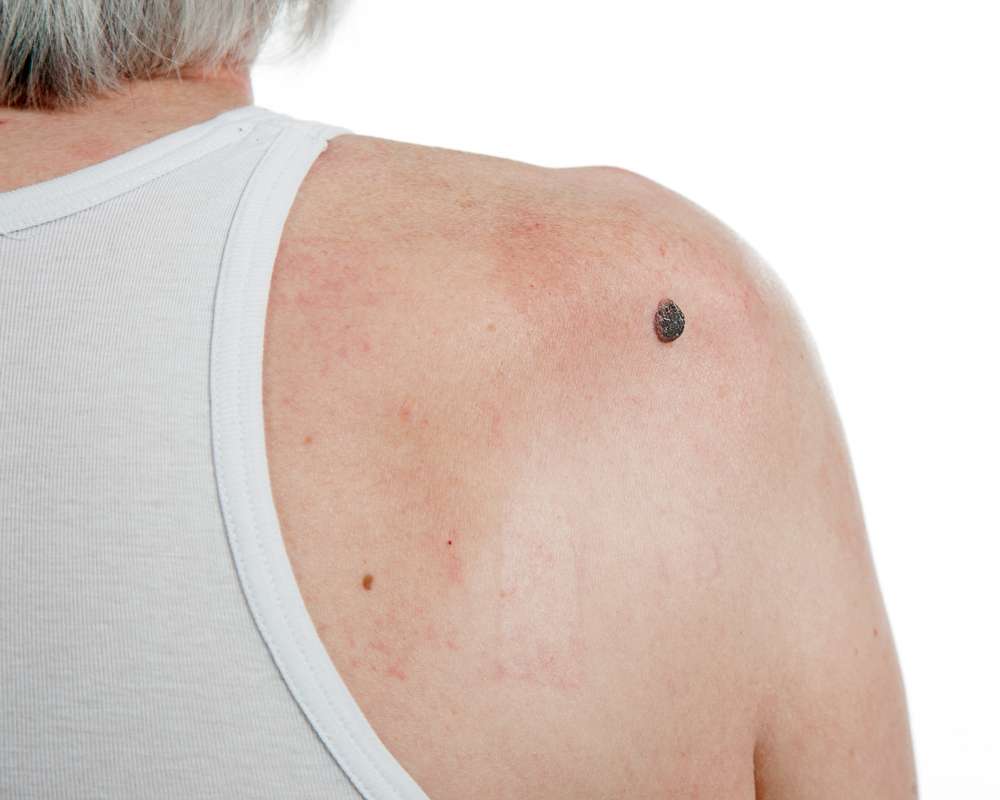Melanoma Treatment: Options, Testing, and Follow‑Up
Melanoma is a type of skin cancer that arises from pigment-producing cells called melanocytes. It can develop on any skin surface and sometimes in areas not often exposed to the sun. Early diagnosis and appropriate treatment greatly influence outcomes, and approaches vary by stage, location, and molecular features of the tumor. This article is for informational purposes only and should not be considered medical advice. Please consult a qualified healthcare professional for personalized guidance and treatment.

What is melanoma?
Melanoma is a cancer that begins in melanocytes, the cells that give skin its color. Unlike some other skin cancers, melanoma can spread more rapidly to lymph nodes and internal organs if not detected early. People commonly learn to watch for changes in a mole’s asymmetry, border, color, diameter, or evolution — the ABCDEs — but melanoma can also appear as a new, unusual lesion. Regular skin checks by a clinician and self-examination help detect suspicious changes that warrant prompt evaluation.
How does skin cancer staging affect treatment?
Staging for skin cancer, including melanoma, evaluates how deeply a tumor has invaded the skin and whether it has reached lymph nodes or distant organs. Key factors used by clinicians include tumor thickness (Breslow depth), ulceration, and nodal involvement. Early-stage, localized melanoma often requires less extensive treatment than advanced or metastatic cancer. Staging guides whether surgery alone, sentinel lymph node biopsy, systemic therapy, or a combination of approaches is recommended. Multidisciplinary teams usually review staging results to tailor treatment plans.
When should a mole be checked by a doctor?
A mole should be evaluated if it changes in size, shape, color, or texture, bleeds, itches, or looks different from other moles. New growths that appear after age 30 or lesions that fail to heal deserve attention. Dermatologists and primary care clinicians can perform skin exams and, when indicated, remove suspicious tissue for biopsy. If you have many moles, a family history of melanoma, or other risk factors, consider regular checks and asking about local services for mole mapping and photographic monitoring to track changes over time.
Can sunburn increase melanoma risk?
Recurrent sunburns, especially severe or blistering sunburns in childhood or adolescence, are associated with a higher risk of developing melanoma later in life. Ultraviolet (UV) radiation from sunlight and tanning devices damages DNA in skin cells, contributing to cancer risk. Reducing exposure through shade, protective clothing, broad-spectrum sunscreen, and avoiding indoor tanning can lower risk. Sun protection is a preventive strategy that benefits overall skin health, but it does not eliminate the need for regular skin checks and awareness of changing moles.
What treatment options are available for melanoma?
Treatment options vary by stage. For localized melanoma, surgery to remove the tumor with a margin of normal tissue is standard; a sentinel lymph node biopsy may be performed to assess spread. For regional or metastatic disease, systemic treatments include immunotherapy (checkpoint inhibitors) that help the immune system recognize cancer cells, and targeted therapies for tumors with specific mutations (for example, BRAF mutations). Radiation may be used for certain locations or symptom control, and conventional chemotherapy is now less commonly the main option. Pathology, molecular testing, and patient health guide choices; clinical trials may be appropriate for some patients.
Conclusion
Melanoma treatment is individualized and depends on tumor features, staging, and patient factors. Early detection through careful observation of moles, timely clinical assessment, and sun-safety practices remains central to improving outcomes. Coordinated care from dermatology, surgical oncology, medical oncology, and other specialists helps ensure appropriate testing and access to the most suitable treatment approaches.






